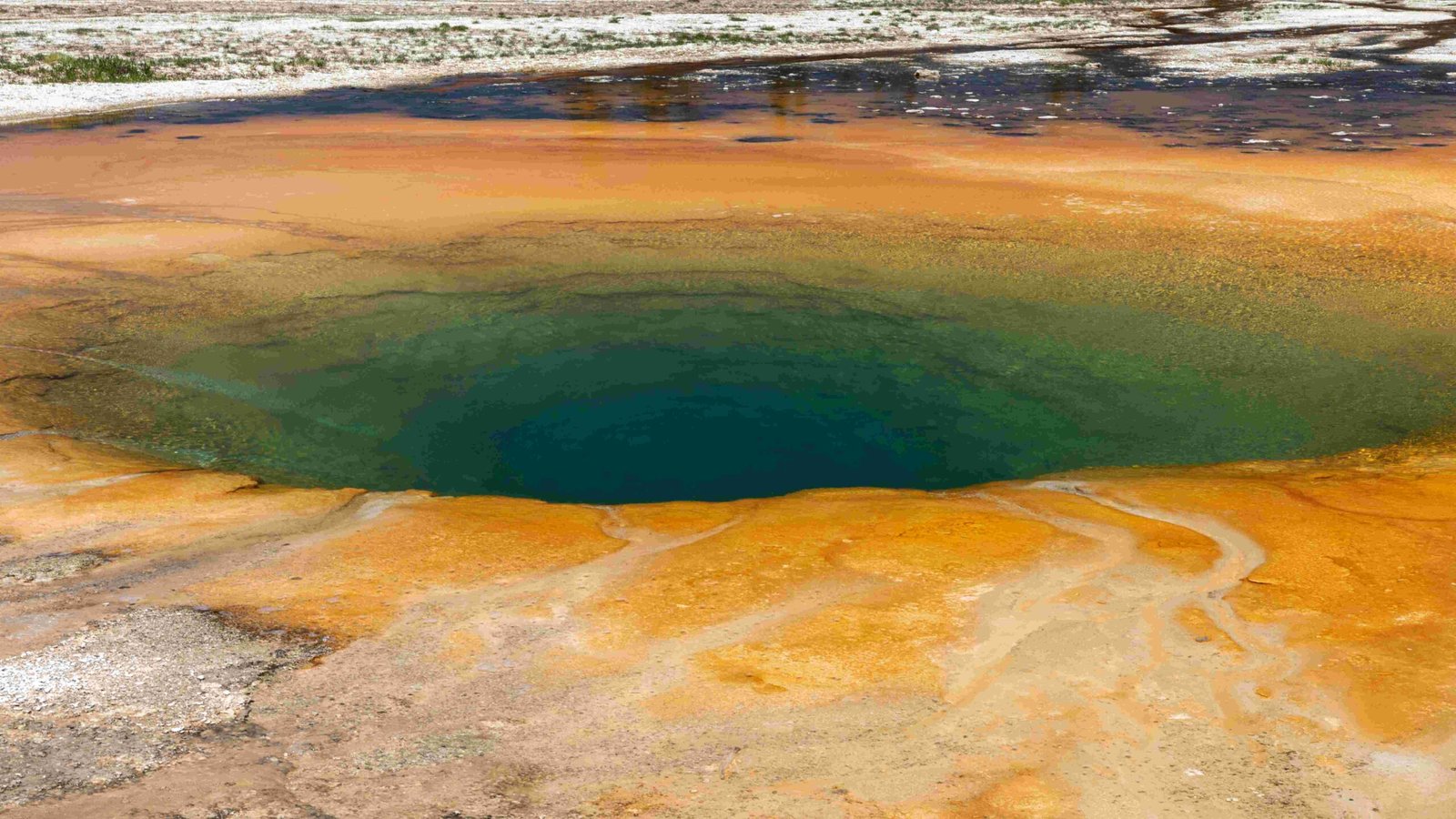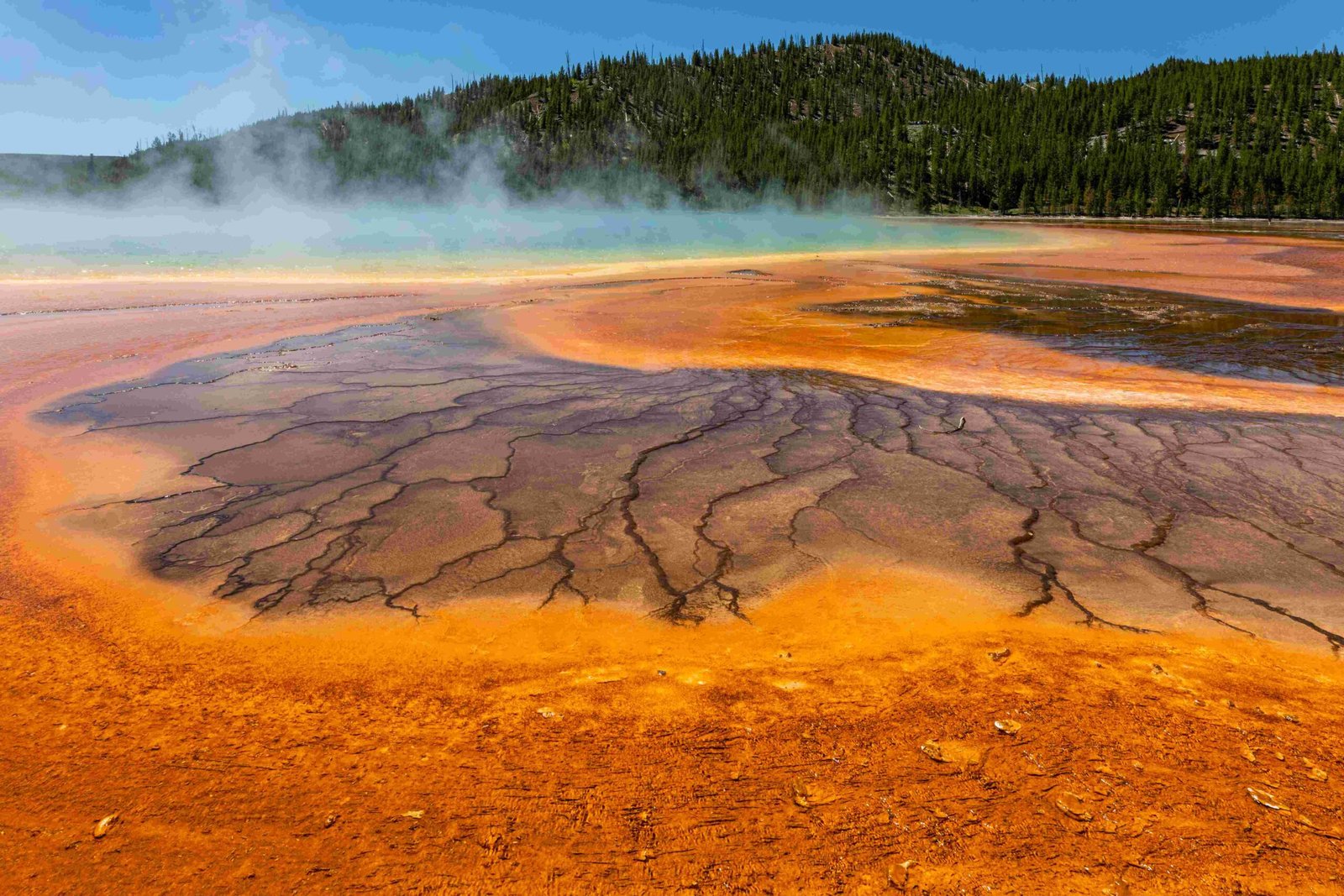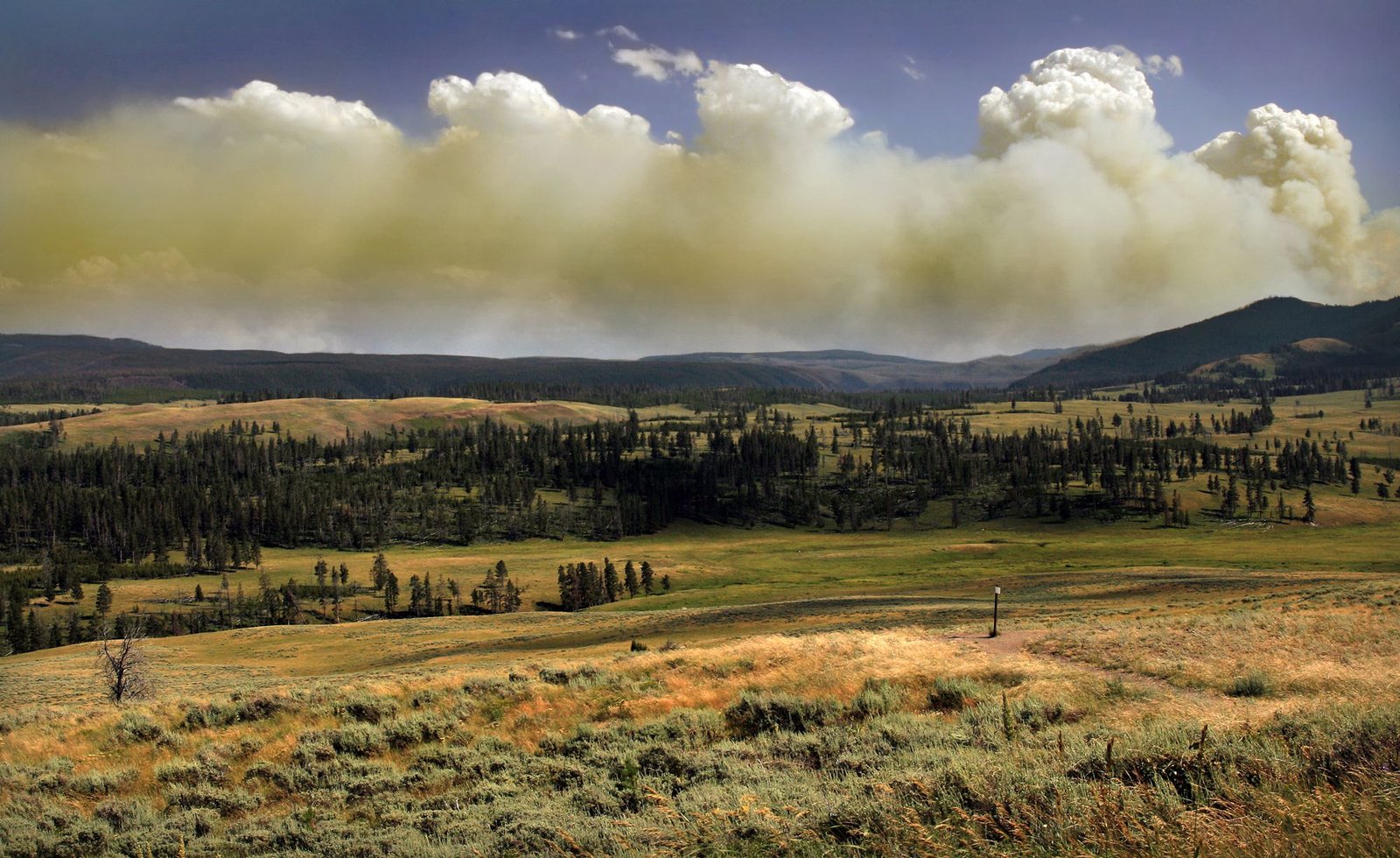Yellowstone National Park, a crown jewel of America’s natural heritage, faces significant challenges due to increasing tourist numbers. The park has experienced record-breaking visitation, with 4.86 million visitors in 2021 alone. This surge in tourism has led to various impacts, including wildlife disturbances, trail erosion, pollution, and strain on park infrastructure. Park management is implementing strategies to balance visitor experience with conservation efforts, but the growing popularity of Yellowstone continues to pose complex challenges for its delicate ecosystems and management.
What Are the Key Statistics on Tourist Overcrowding in Yellowstone?

How Have Visitor Numbers Changed Over Time?
Yellowstone National Park has seen a dramatic increase in visitation over recent years:
- 2021 marked the busiest year ever with 4.86 million visitors
- Annual visitation has increased by over 40% since 2008
- Approximately 70% of visits occur between June and August
- May 2024 saw 522,450 recreation visits, a 15% increase from May 2023
This trend suggests that summer months could potentially see over 1 million visitors per month, putting immense pressure on the park’s resources and infrastructure.
What Are the Impacts of Increased Visitation on Wildlife?
The surge in tourist numbers has led to significant wildlife disturbances:
- Long traffic jams caused by wildlife viewing
- Increased human-wildlife conflicts
- Disturbance to natural habitats and behaviors of animals like wolves, bison, and grizzly bears
These impacts highlight the delicate balance between allowing public access to natural wonders and protecting the very wildlife that attracts visitors.
How Does Tourist Foot Traffic Affect Trail Erosion?

While specific measurements of trail erosion rates are not provided in the available sources, the increased visitation has undoubtedly led to various environmental impacts:
- Creation of social trails (unofficial paths created by frequent use)
- Increased human waste and litter in busy areas
- Damage to fragile areas around geysers and hot springs
Park management acknowledges the need for better visitor use management to mitigate these impacts, but detailed data on trail erosion rates remains a gap in current research.
What Are the Pollution Levels Caused by Tourists?
How Does Waste Management Cope with Visitor Numbers?
The sheer volume of visitors creates significant waste management challenges:
- In 2018, public toilets required at least 1800 rolls of toilet paper per day
- Increased frequency of cleaning for popular sites
- Adjusted schedules for garbage and wastewater pump trucks
- Additional staff needed to manage traffic and safety in congested areas
These statistics underscore the logistical challenges posed by high visitation rates.
What Is the Impact on Air Quality and Local Ecosystems?
While specific air quality measurements are not provided, the increased visitation contributes to:
- Air pollution from vehicle emissions
- Noise pollution in popular areas
- Potential disruption to local wildlife habitats and ecosystems
The cumulative effect of these impacts on Yellowstone’s delicate balance of flora and fauna remains a concern for park management and conservationists alike.
What Regulations and Guidelines Manage Tourist Impacts?
How Are Parking and Visitor Center Capacities Managed?
Park management has implemented several short-term actions to address overcrowding:
- Providing quality public safety services
- Minimizing impacts on natural resources
- However, parking facilities and visitor center amenities remain overwhelmed during peak times
Long-term solutions are being considered to address these infrastructure challenges.
What Accessibility Challenges Does the Park Face?
Surveys have identified several key issues during peak season:
- Insufficient restroom facilities
- Congestion in popular areas
- Limited parking at specific sites
The park is working on long-term actions to address these challenges, including:
- Redesigning infrastructure
- Increasing staffing levels
- Considering implementation of timed entry permit reservation systems
How Are Scheduled Events and Regulations Evolving?
To manage overcrowding, Yellowstone is considering various measures:
- Potential implementation of a timed entry permit reservation system
- Development of strategies to better understand and respond to visitation impacts
- Focus on balancing visitor experience with resource protection
These evolving regulations aim to ensure a sustainable future for Yellowstone while maintaining its accessibility to the public.
What Are the Long-Term Implications of Tourist Impacts on Yellowstone?
The long-term effects of increased tourism on Yellowstone National Park are multifaceted:
- Ecological Impact:
- Potential disruption of wildlife habitats and behaviors
- Increased pressure on sensitive ecosystems
-
Risk of invasive species introduction
-
Infrastructure Strain:
- Accelerated wear and tear on roads, trails, and facilities
-
Need for continuous upgrades and maintenance
-
Visitor Experience:
- Risk of diminished experience due to overcrowding
-
Potential for stricter access regulations in the future
-
Economic Considerations:
- Increased revenue for the park and surrounding communities
-
Potential need for higher entrance fees to fund conservation efforts
-
Management Challenges:
- Balancing conservation with public access
- Adapting to changing visitation patterns and tourist behaviors
As Yellowstone continues to grapple with these challenges, ongoing research and adaptive management strategies will be crucial in preserving this natural wonder for future generations.

